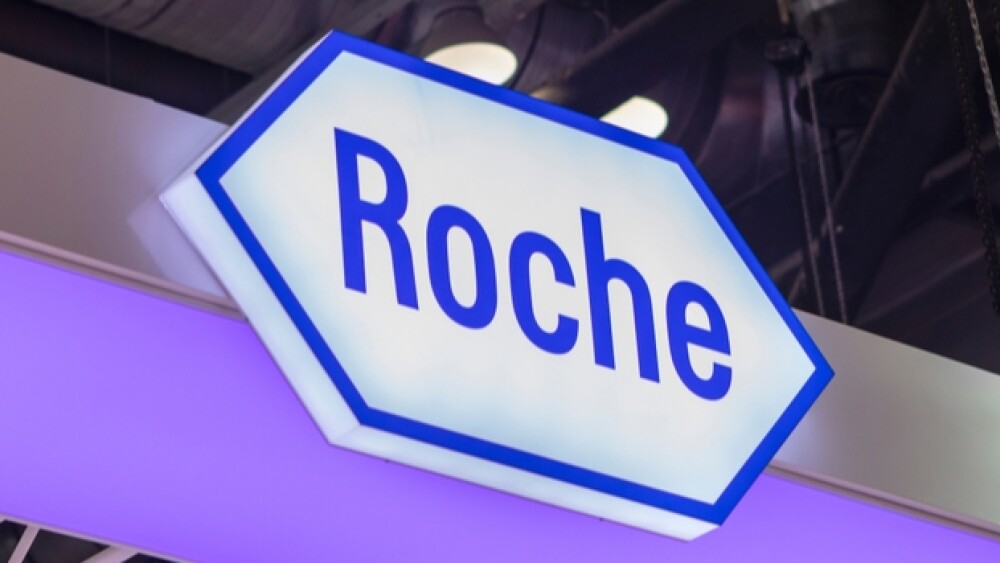Roche announced topline data from two identical Phase III trials, TENAYA and LUCERNE, of faricimab in neovascular or “wet” age-related macular degeneration (nAMD).
Faricimab showing great results twice in phase III trials. (testing/Shutterstock)
Roche announced topline data from two identical Phase III trials, TENAYA and LUCERNE, of faricimab in neovascular or “wet” age-related macular degeneration (nAMD). Both trials hit their primary endpoint, demonstrating visual acuity outcomes that were non-inferior to aflibercept injections. Participants received faricimab injections at fixed intervals up to every 16 weeks compared to every eight weeks for aflibercept. Aflibercept is marketed by Regeneron Pharmaceuticals as Eylea.
Faricimab is a bispecific antibody, meaning it is designed to recognize two different antigens. In this case, it targets angiopoietin-2 (Ang-2) and vascular endothelial growth factor-A (VEGF-A), both of which are associated with several diseases of the retina.
Age-related macular degeneration affects the part of the eye that is responsible for sharp, central vision, such as reading. Neovascular or wet AMD is an advanced form of the disease. It can result in fast and severe vision loss. It comes about from new and abnormal blood vessel growth under the macular, which causes swelling, bleeding and/or scarring (fibrosis). About 20 million people around the globe are living with nAMD.
Levi Garraway, Roche’s chief medical officer and Head of Global Product Development, stated, “These results show the potential of faricimab as a new class of medicine that could extend time between treatments for people living with neovascular age-related macular degeneration.”
He went on to say, “We have now seen positive and consistent results in four Phase III studies for faricimab across both neovascular age-related macular degeneration and diabetic macular edema. We look forward to submitting these data to global regulatory authorities, with the aim of bringing this promising treatment option to patients as soon as possible.”
The primary current treatment for nAMD is injections with drugs that inhibit VEGF. This can mean monthly visits to the ophthalmologist. VEGF is not the only pathway associated with nAMD. Both Ang-2 and VEGF-A destabilize blood vessels, cause new leaky blood vessels to form and increase inflammation. Blocking both pathways is designed to stabilize blood vessels and potentially improve vision for longer periods of time.
TENAYA and LUCERNE evaluated aflibercept in 1,329 people with nAMD, 671 in Tenaya and 658 in LUCERNE. Each study had two treatment arms: faricimab 6.0 mg given at fixed intervals every eight, 12 or 16 weeks; aflibercept 2.0 mg administered at fixed eight-week intervals. Both arms also received sham injections at study visits where treatment injections weren’t scheduled so as to maintain masking for both investigators and participants.
The primary endpoint of both trials was the average change in best-corrected visual acuity (BCVA) score, which is to say, the best distance vision the volunteer can receive, including with glasses or contact lenses, when reading letters on an eye chart. These were compared from baseline through week 48.
Secondary endpoints included safety; the percentage of patients receiving faricimab treatment every eight, 12 and 16 weeks; the percentage of volunteers achieving a gain, and the percentage avoiding a loss, of 15 letters or more in BCVA from baseline over time; and change in central subfield thickness from baseline over time.
Roche’s faricimab takes an approach similar to Novartis’s Beovu, which is already approved. Beovu can be taken at 12-week dosing intervals in some cases.





